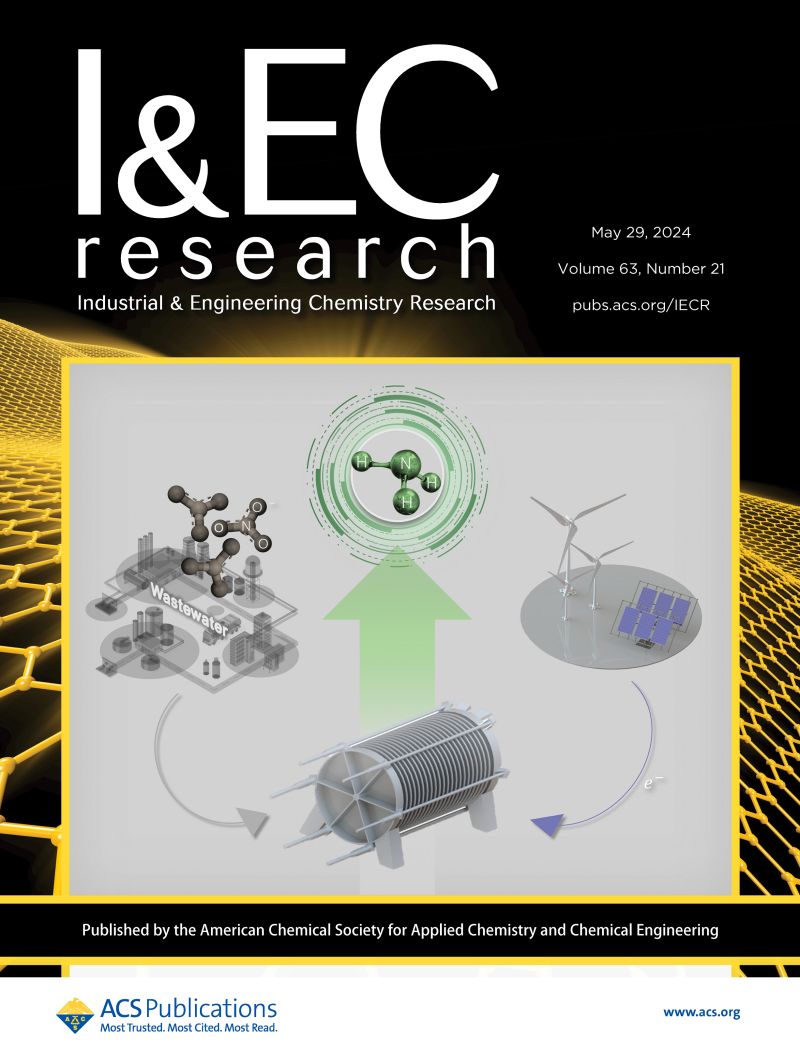Establishing Quantitative Structure–Activity Relationships for the Degradation of Aromatic Organics by UV–H2O2 Using Machine Learning
IF 3.8
3区 工程技术
Q2 ENGINEERING, CHEMICAL
引用次数: 0
Abstract
The degradation of aromatic organic compounds in aquatic environments is critical due to their persistence and toxicity. This study establishes a machine learning (ML)-driven quantitative structure–activity relationship model to predict the pseudo-first-order reaction rate constants (K) for the UV–H2O2 degradation of aromatic organics. A data set comprising 134 experimental observations for 30 compounds was constructed, integrating reaction conditions, quantum chemical parameters, and physicochemical properties. Among the six ML algorithms evaluated, gradient boosting decision tree emerged as the optimal model, with feature importance analysis identifying H2O2 concentration, topological polar surface area, and q(C)min as the dominant factors. Theoretical calculations supported the model by linking higher reactivity of o,p’-dicofol to lower energy gaps and elevated electrophilic susceptibility. Additionally, the establishment of interpretable expressions not only provides transparency and clarity for model predictions but also aids in economic analysis, which highlighted that mildly acidic pH and low UV light intensity, along with suitable concentrations, are cost-effective conditions for the process. This work bridges ML with quantum chemistry to elucidate degradation mechanisms, offering a rapid and resource-efficient tool for optimizing advanced oxidation processes.

求助全文
约1分钟内获得全文
求助全文
来源期刊

Industrial & Engineering Chemistry Research
工程技术-工程:化工
CiteScore
7.40
自引率
7.10%
发文量
1467
审稿时长
2.8 months
期刊介绍:
ndustrial & Engineering Chemistry, with variations in title and format, has been published since 1909 by the American Chemical Society. Industrial & Engineering Chemistry Research is a weekly publication that reports industrial and academic research in the broad fields of applied chemistry and chemical engineering with special focus on fundamentals, processes, and products.
 求助内容:
求助内容: 应助结果提醒方式:
应助结果提醒方式:


